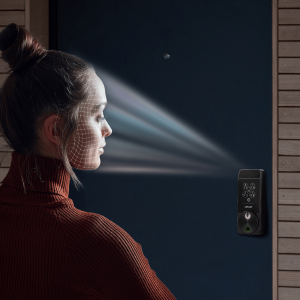AI image generation has revolutionized digital creativity, allowing artists, designers, and businesses to create stunning visuals quickly. However, most AI tools impose content restrictions to prevent the misuse of technology. This leads to the question: what AI does not have any filters on image generation? Some AI models operate with fewer restrictions, but what are the risks and ethical concerns? In this article, we explore unrestricted AI image generators, the potential dangers of unfiltered AI, and how platforms like Dall-E Generate ensure responsible AI use while allowing creative freedom.
Understanding AI Filters in Image Generation
What Are AI Filters and Why Do They Exist?
AI filters are built-in restrictions that prevent the generation of inappropriate or unethical images. These filters are designed to:
- Block explicit, violent, or illegal content.
- Prevent the spread of misleading or manipulated images.
- Comply with copyright laws and ethical guidelines.
- Protect against harmful depictions, including deepfakes and disinformation.
The primary reason AI filters exist is to ensure responsible AI usage while preventing misuse that could lead to real-world consequences.
Read more:
- Ai Image Generator Score Up Meaning
- Adding New Details To Images With Ai Adobe
- Adding New Details To Images With Ai
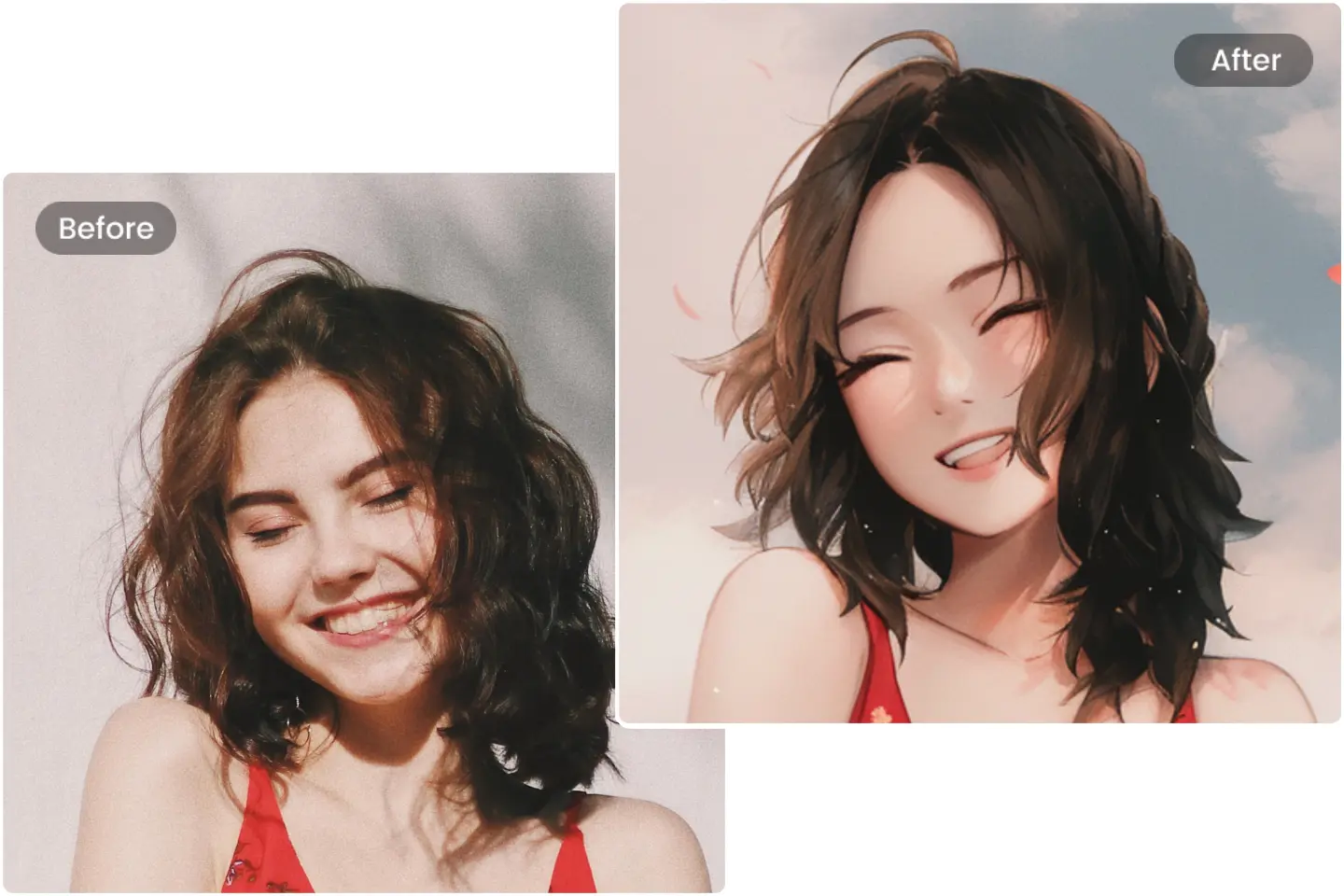
How AI Filters Work in Image Generation
AI content moderation employs various techniques, such as:
- Keyword-based filtering – AI detects and blocks prompts containing restricted words.
- Image recognition algorithms – AI scans images for explicit or harmful content.
- User reporting and moderation – Some platforms allow users to report inappropriate AI-generated images.
Despite these safeguards, some AI tools offer fewer restrictions or allow users to bypass content filters.
Learn more here:
- Can I Use Ai Generated Images On My Website
- Ai-Generated Images Of Yourself Free
- Ai Tools For Image Compression Free
Are There AI Image Generators Without Filters?
AI Tools with Minimal or No Restrictions
Most mainstream AI image generators enforce strict content moderation, but some AI models operate with fewer limitations. These include:
- Open-source AI models – These allow users to modify the AI’s filtering settings.
- Self-hosted AI tools – Running AI models on private servers enables full control over content restrictions.
- Decentralized AI platforms – AI models built on blockchain networks may lack centralized moderation.
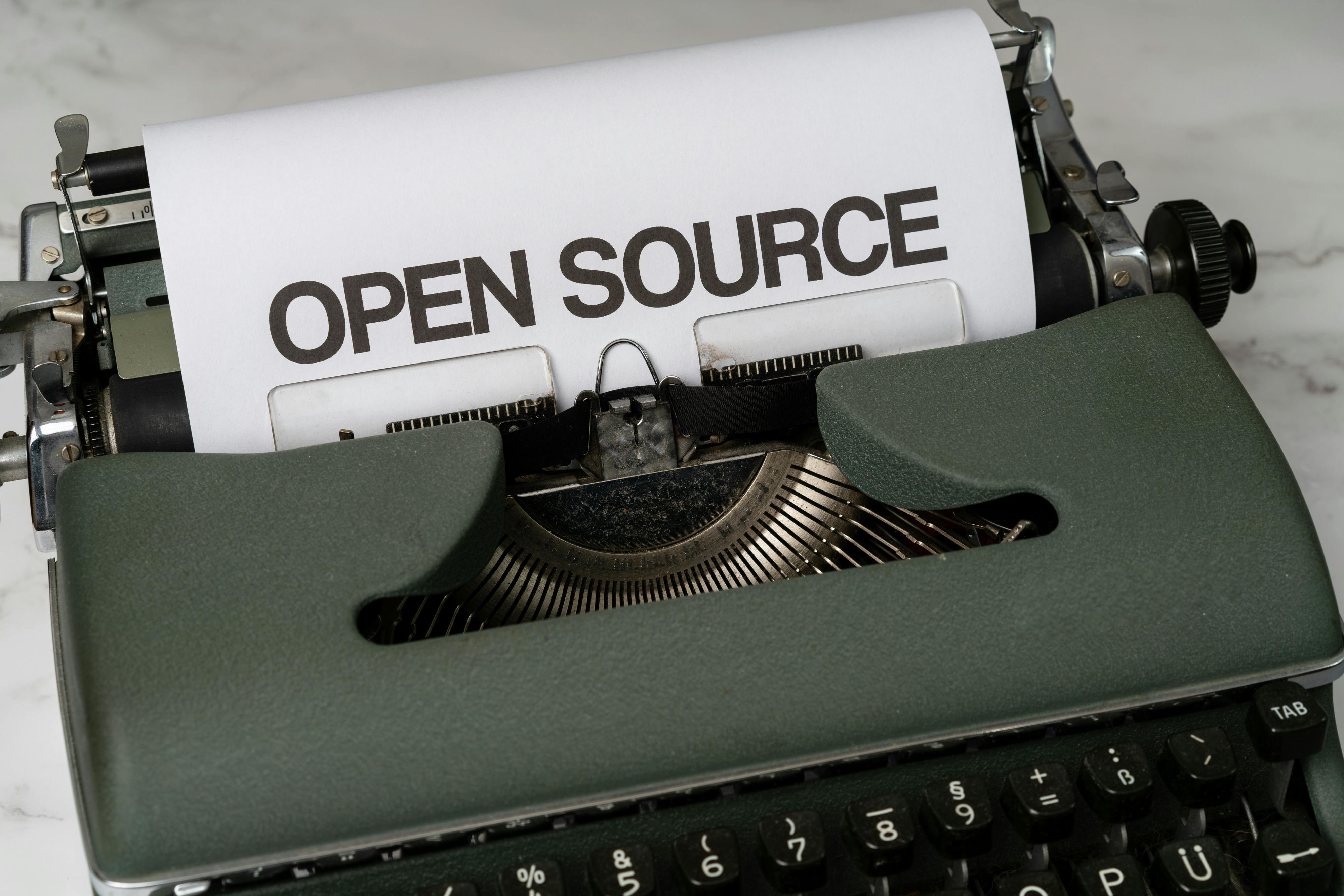
These AI tools provide more creative freedom but come with ethical concerns regarding their use.
Examples of AI Models with Fewer Restrictions
While most AI image generators implement filters, some platforms provide users with greater control:
- Stable Diffusion (Self-hosted versions) – Users can disable content moderation in self-hosted instances.
- Certain Open-Source AI Models – Developers can modify these models to reduce filtering.
- Decentralized AI Image Generators – Some blockchain-based AI models operate with minimal oversight.
- Discover more:
- Celebrity Ai Image Generator
- Can You Sell Bing Ai Images
- Can You Copy And Draw An Ai Image From
- Can We Use Ai Generated Images In Youtube
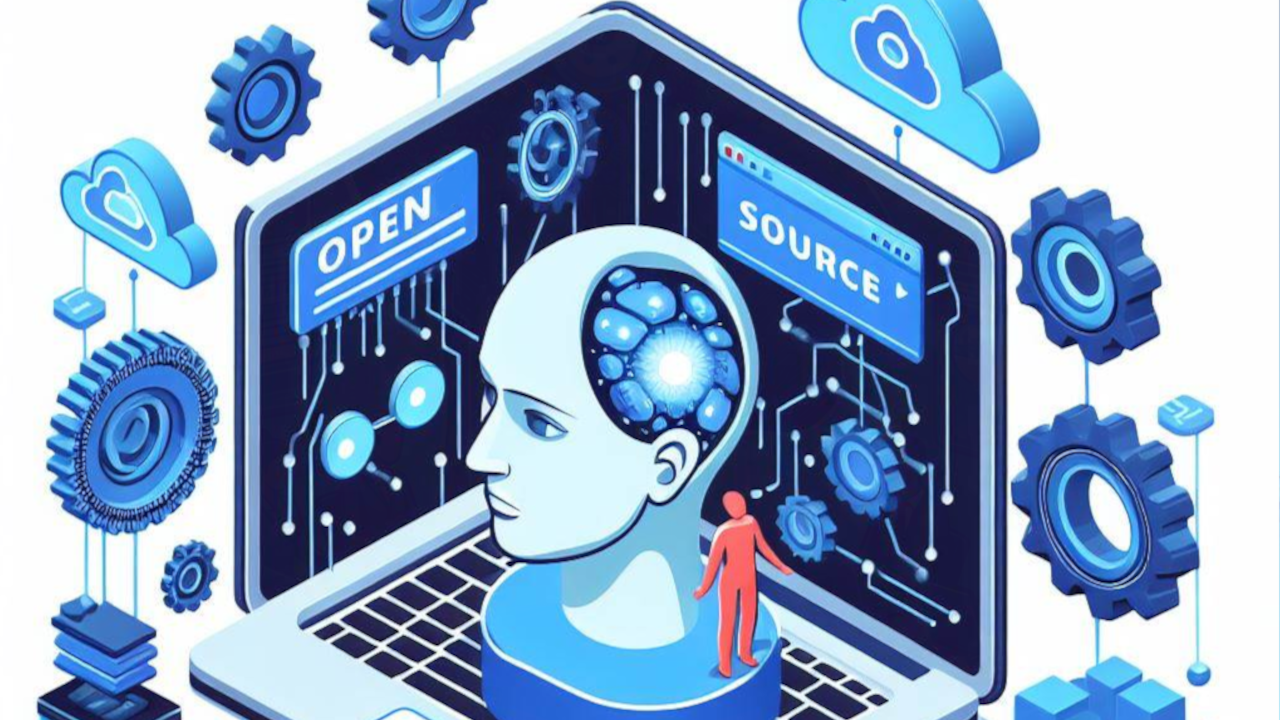
While these platforms enable unrestricted creativity, they also pose ethical and legal risks.
The Risks of AI Image Generators Without Filters
Why Unrestricted AI Image Generation is Controversial
While unfiltered AI allows more creative freedom, it also raises concerns, including:
- The spread of misinformation – AI-generated deepfakes and misleading images can manipulate public perception.
- Explicit or harmful content – Without filters, AI can generate inappropriate or illegal images.
- Copyright violations – Users could create images based on copyrighted materials without permission.
- Privacy and security concerns – AI might generate misleading or harmful personal images.
These risks make it necessary for developers to find a balance between freedom and responsibility in AI image generation.
Legal and Ethical Challenges of Unrestricted AI
Governments and organizations are introducing regulations to manage AI-generated content. Key legal concerns include:
- Liability for harmful content – AI developers may face legal consequences if their tools generate harmful images.
- Copyright infringement – AI-generated images must comply with intellectual property laws.
- Transparency in AI use – Some jurisdictions require AI-generated content to be labeled as synthetic.
As AI technology advances, legal frameworks will continue evolving to address these challenges.
Comparing AI Image Generators Based on Content Filtering
AI Image Generators with Strict Moderation
Several well-known AI platforms enforce strict filtering, including:
- DALL·E 3 – Developed by OpenAI, this model follows strict ethical guidelines.
- MidJourney – Uses robust content moderation to prevent misuse.
- Adobe Firefly – Implements responsible AI principles to ensure ethical content generation.
These AI models provide safe and controlled environments for creative users.
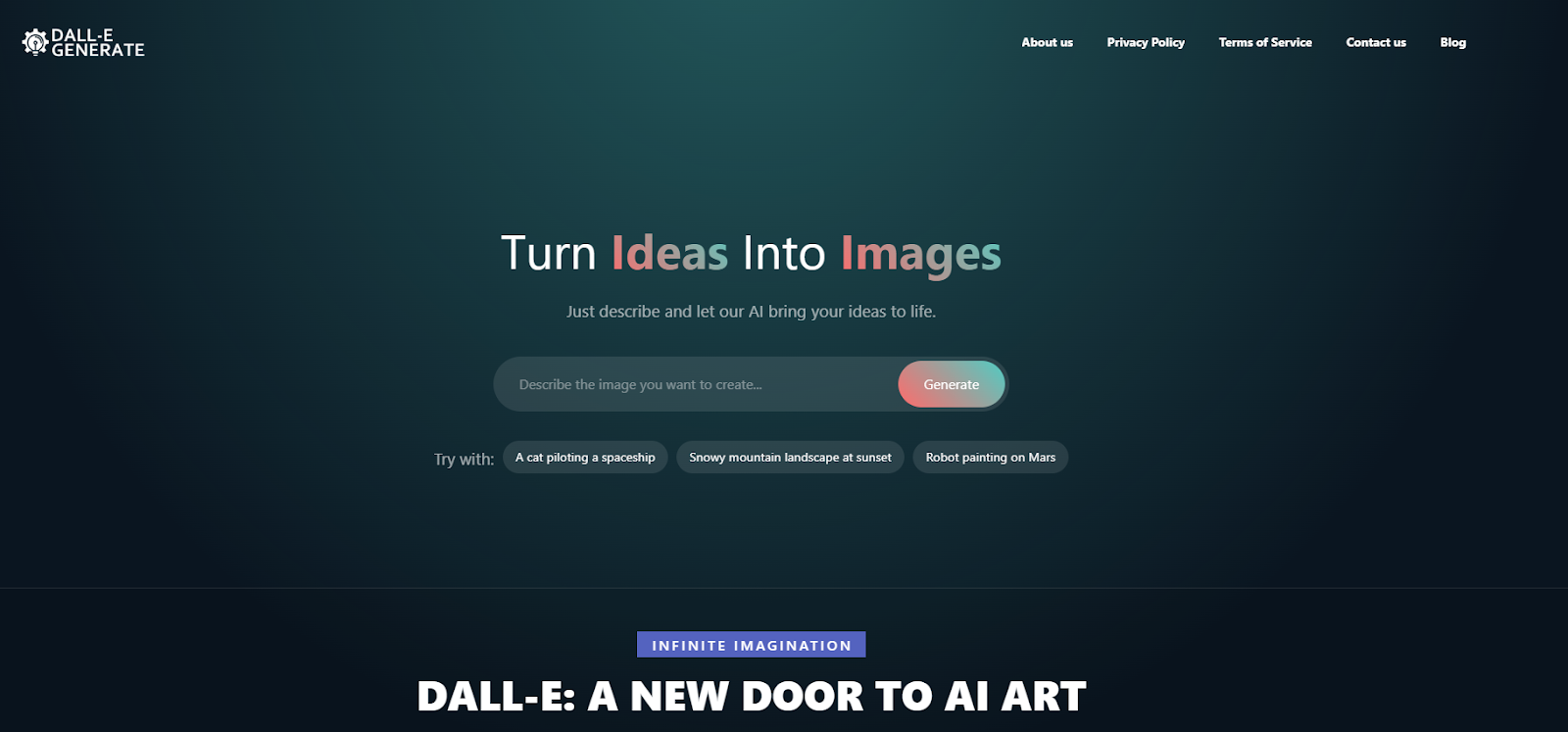
AI Image Generators with Minimal Restrictions
Some AI platforms offer more relaxed content filtering, such as:
- Open-source AI models – Allow customization and removal of built-in restrictions.
- Self-hosted AI tools – Provide full control over filtering settings.
- Blockchain-based AI platforms – Operate without centralized moderation.
While these platforms provide greater freedom, they also require ethical responsibility from users.
How to Choose the Right AI Image Generator
Factors to Consider When Using AI for Image Generation
When selecting an AI image generator, consider the following factors:
- Content moderation policies – Choose AI tools that align with ethical guidelines.
- Creative flexibility – Ensure the AI provides sufficient customization without enabling harmful content.
- Privacy and security – Verify how the AI handles user data and generated images.
- Legal compliance – Ensure the AI-generated content adheres to copyright laws.
Platforms like Dall-E Generate strike a balance between creative freedom and responsible AI use.
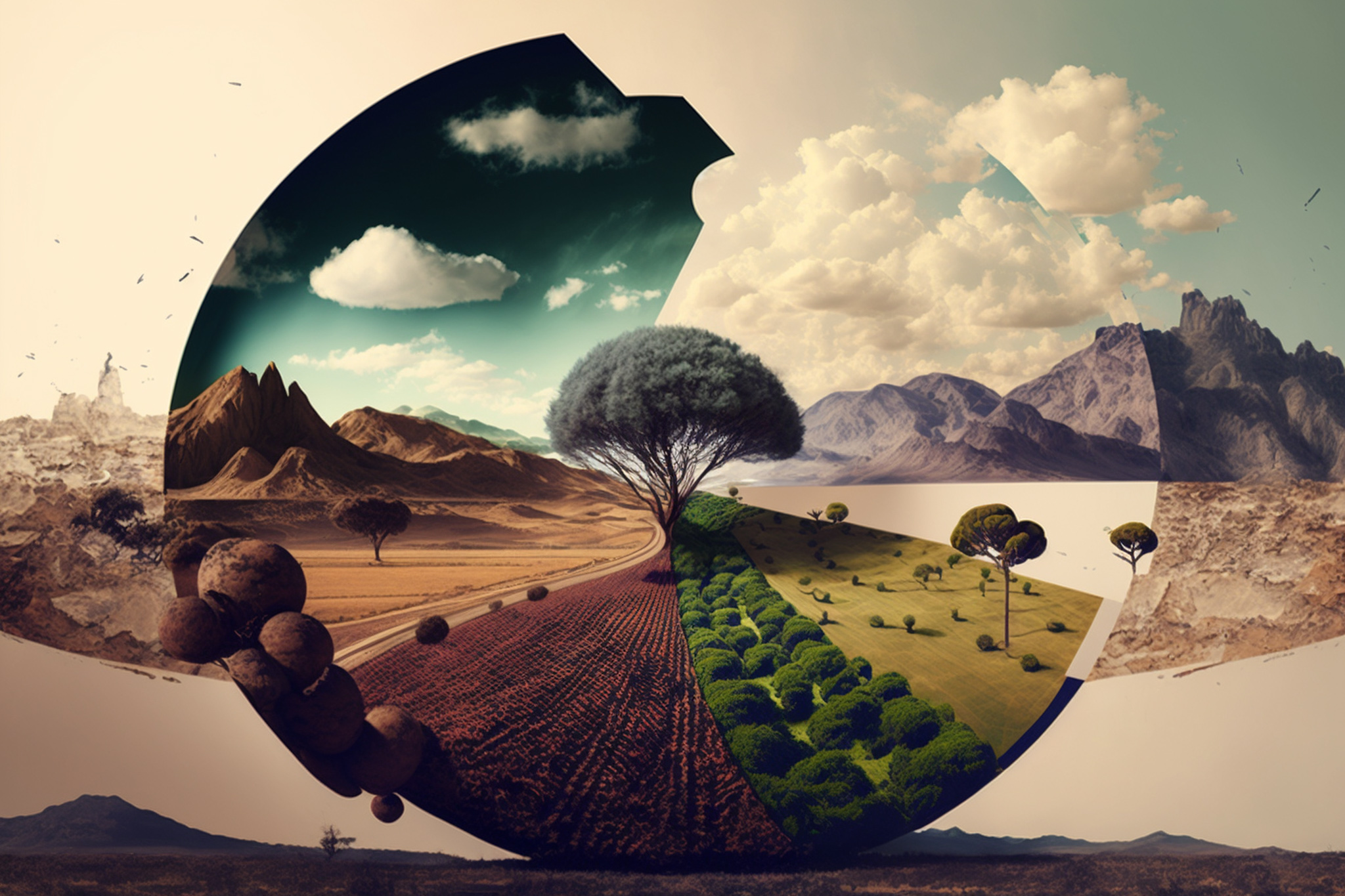
The Future of AI Image Generation and Moderation
As AI evolves, developers are implementing advanced filtering techniques to refine content moderation. Future trends include:
- Better AI transparency – Improved tools for distinguishing AI-generated and real images.
- User-controlled moderation – AI platforms may allow users to customize content filtering responsibly.
- Global AI regulations – Governments are working on frameworks to manage AI-generated content ethically.
Conclusion
Understanding what AI does not have any filters on image generation is essential for responsible AI use. While some AI platforms implement strict content moderation, others provide more flexibility in Create Images With Ai. However, unrestricted AI image generation comes with significant risks, including misinformation, ethical concerns, and legal challenges.
As AI technology continues to evolve, platforms like Ai Image Generator Dall-E aim to balance creative freedom with responsible AI use. Choosing the right AI tool involves considering content moderation policies, ethical implications, and legal requirements to ensure AI-generated images contribute positively to digital creativity.


